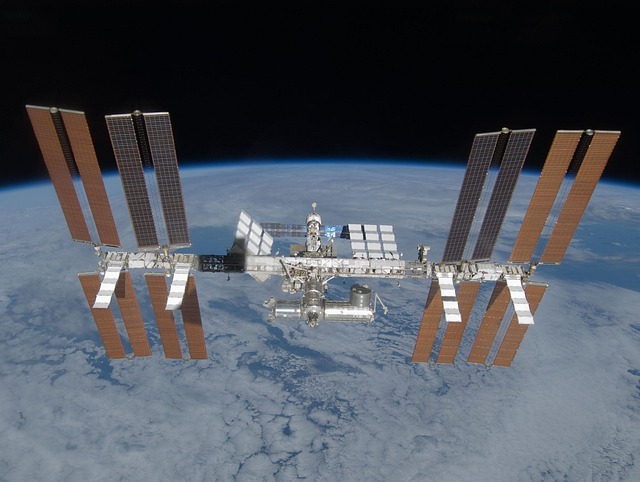The astronauts on the International Space Station (ISS) encountered a critical situation as a Russian satellite disintegrated into over 100 pieces. This event necessitated immediate protective measures. The nine astronauts aboard the ISS were instructed by NASA to take shelter in their respective spacecraft as the debris posed a significant threat.
Immediate Response and Safety Protocols
NASA astronauts Butch Wilmore and Sunni Williams took refuge in the Starliner spacecraft, a Boeing-built capsule docked since June 6 during its first crewed test mission on the station. Concurrently, three other US astronauts and a Russian cosmonaut moved into SpaceX’s Crew Dragon capsule, which had transported them to the station in March. The sixth US astronaut joined two Russian cosmonauts in the Russian Soyuz capsule, which brought them to the ISS in September of the previous year.
Approximately an hour later, the astronauts emerged from their shelters and resumed their regular activities, as reported by NASA. This swift and efficient response underscores the robust safety protocols in place aboard the ISS to manage potential collision threats from space debris.
Analysis of the Satellite Break-Up
Russian Missile Theory
The Russian satellite in question was an Earth observation satellite declared non-operational in 2022. Experts are currently investigating the cause of its break-up. While there are no immediate details, the likelihood of it being a deliberate anti-satellite (ASAT) missile strike has been downplayed. Harvard astronomer Jonathan McDowell expressed skepticism about the satellite being targeted by an ASAT weapon, citing its large size as an unusual choice for such a purpose.
However, historical precedents cannot be ignored. In 2021, Russia faced significant criticism when it destroyed one of its defunct satellites with a missile from the Plesetsk rocket site. This test, conducted as a demonstration of a weapon system, resulted in thousands of pieces of orbital debris, highlighting the potential for future incidents of a similar nature.
Speculations and Expert Opinions
Analysts, including Mr. McDowell, speculate that the satellite’s disintegration could have been caused by internal factors such as an explosion due to leftover fuel. US Space Command, responsible for tracking the resulting debris, has assured that there is no immediate threat to other satellites.
Historical Context of ASAT Tests
Russia’s ASAT Capabilities
Russia’s capability to execute anti-satellite missile tests is well-documented. The 2021 incident where Russia used a ground-based missile to destroy a defunct satellite stands as a stark reminder of the potential dangers posed by such tests. The geopolitical implications and the resulting increase in space debris present ongoing challenges for international space operations.
Global Reactions and Policy Implications
These ASAT tests have garnered global condemnation due to the risk they pose to both manned and unmanned space missions. The creation of orbital debris from such tests endangers satellites and space stations, necessitating enhanced international regulations and collaborative efforts to mitigate the risks.
The Future of Space Safety
Tracking and Managing Space Debris
Advancements in tracking technologies and international cooperation are essential to address the growing concern of space debris. Agencies like NASA and US Space Command play pivotal roles in monitoring and managing these threats. Enhanced tracking systems and predictive models are vital to ensure timely alerts and protective measures for active satellites and space missions.
International Collaboration
Strengthening international treaties and agreements on the peaceful use of space and the prevention of space debris creation is imperative. Collaborative efforts among spacefaring nations can lead to more robust frameworks that ensure the sustainability of space operations and the safety of astronauts.
Conclusion
The recent incident on the ISS underscores the critical need for vigilant monitoring and robust safety protocols in space. As the space environment becomes increasingly congested, international collaboration and stringent policies are essential to safeguard both current and future space missions.




